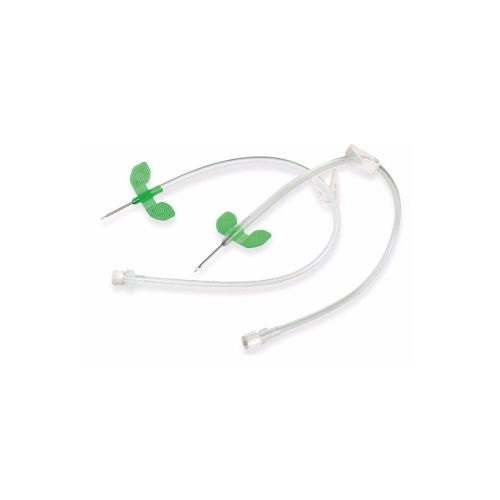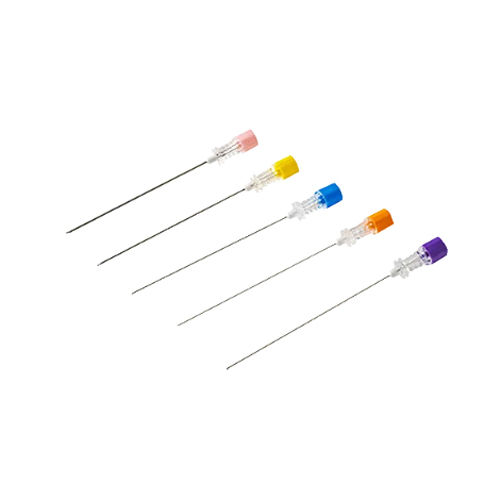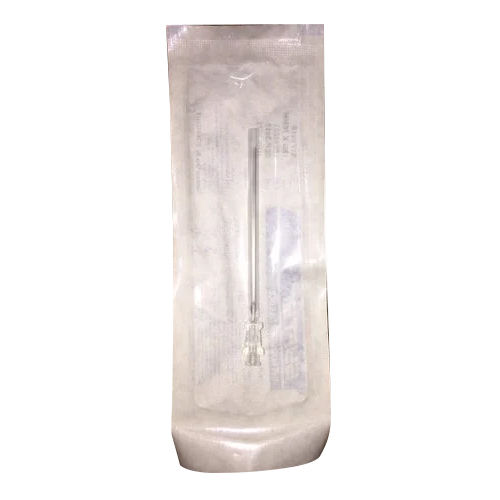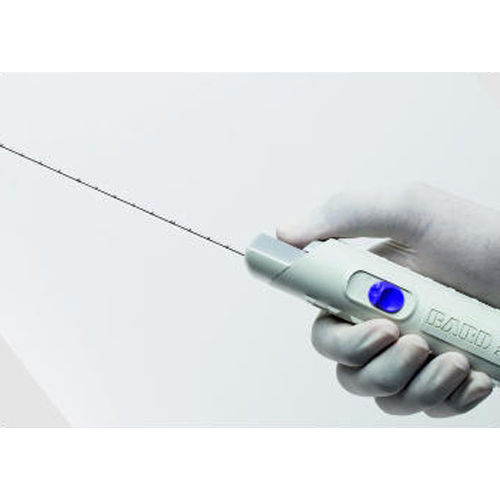Stainless Steel Introducer Needle
Product Details:
- Equipment Type Needle
- Needle Material Stainless Steel
- Usage Clinic
- Sterilized Yes
- Sterilization Mode Ethylene Oxide
- Size 18 G
- Click to View more
Stainless Steel Introducer Needle Price And Quantity
- 50 Piece
- 26 INR/Piece
Stainless Steel Introducer Needle Product Specifications
- Yes
- 18 G
- Clinic
- Stainless Steel
- Needle
- Ethylene Oxide
Stainless Steel Introducer Needle Trade Information
- 10000 Piece Per Week
- 4 Days
Product Description
A stainless steel introducer needle is a medical tool that is frequently used in interventional radiology procedures. It is a tiny, hollow stainless steel needle that is renowned for its sturdiness and corrosion resistance.
The introducer needle is made to make it easier to enter other medical devices into the body, including catheters or guide wires. Usually, the tip is sharp and bevelled, allowing for simple penetration of the skin and deeper tissues. The hub or handle that the needle is attached to enables better control and manipulation throughout the procedure.
Product details
|
Sterile |
Ethylene Oxide |
|
Length Range |
70 mm |
|
Material |
Stainless Steel |
|
Size |
18 G |
|
Color |
Pink / White |
|
Packing Type |
Plastic Pouch |
|
Sterility |
Yes |
|
Usage/Application |
Clinic |
Frequently Asked Questions
Q: What is an introducer needle made of stainless steel?
A: During procedures like catheterization or biopsies, a stainless steel introducer needle is a medical tool used to enter blood vessels or other bodily cavities. For longevity and sterility, it is often composed of premium stainless steel.
Q: What distinguishes a stainless steel introducer needle from other kinds of needles?
A: Catheters, cables, and other medical equipment can be inserted into the body using introducer needles made of stainless steel. Compared to standard hypodermic needles, they frequently have a longer length, a bigger gauge (diameter), and a sharper tip.
Q: What are the typical shapes and dimensions of introducer needles made of stainless steel
A: Introducer needles made of stainless steel come in a variety of sizes that are primarily determined by their gauge (diameter) and length. With lengths ranging from 1.5 to 4 inches (3.8 to 10.2 cm), common sizes range from 14 to 22 gauge. Depending on the desired medical operation and the patient's needs, a certain size and configuration may be needed.
Q: Introducer needles made of stainless steel: are they disposable or re-usable?
A: Introducer needles made of stainless steel are normally single-use only. To avoid cross-contamination and the spread of infectious illnesses, the needle is disposed of in an appropriate sharps container after each procedure. It's not normally advised to reuse these needles because it can result in difficulties.
Q: Are introducer needles made of stainless steel compatible with other medical equipment?
A: Yes, stainless steel introducer needles frequently work with other medical tools like catheters, guidewires, or dilators. These needles offer a route for inserting these gadgets into bodily cavities or blood vessels.







